Natural Language Processing (NLP) has seen remarkable advancements in recent years, revolutionizing the way machines understand, interpret, and interact with human language. These developments have propelled NLP into mainstream applications across various industries, transforming everything from customer service to healthcare. This blog explores some of the recent advances in NLP and highlights notable use cases demonstrating its impact.
Recent Advances in NLP
1. Transformer Models and BERT
One of the most significant breakthroughs in NLP has been the introduction of transformer models. The Transformer architecture, introduced by Vaswani et al. in 2017, moved away from recurrent neural networks (RNNs) and convolutional neural networks (CNNs) to a novel attention mechanism that allows models to focus on different parts of a sentence when producing an output.
Building on this architecture, Google introduced BERT (Bidirectional Encoder Representations from Transformers) in 2018. BERT’s ability to understand context in both directions (left-to-right and right-to-left) set a new standard for language understanding. It excelled in tasks such as question answering and language inference, achieving state-of-the-art results.
2. GPT-3 and Beyond
OpenAI’s GPT-3 (Generative Pre-trained Transformer 3) represents another leap forward. With 175 billion parameters, GPT-3 can generate coherent and contextually relevant text, perform translation, answer questions, and even create poetry. Its versatility stems from its ability to learn from vast amounts of data and generate human-like text based on minimal input prompts.
3. Multilingual Models
NLP has also seen strides in handling multiple languages simultaneously. Models like mBERT and XLM-R (Cross-lingual Language Model) are designed to work across various languages without needing separate training for each one. This has vast implications for global applications, enabling more inclusive and accessible AI solutions.
4. Few-Shot and Zero-Shot Learning
Few-shot and zero-shot learning techniques have become increasingly important, allowing models to perform tasks with very few or no task-specific examples. This reduces the need for extensive labeled datasets, making NLP models more adaptable and easier to deploy in new domains.
Use Cases of NLP
1. Customer Service and Chatbots
NLP-powered chatbots and virtual assistants have become ubiquitous in customer service. These systems can handle a wide range of customer inquiries, provide product information, and even process transactions. By using advanced NLP techniques, chatbots can understand and respond to customer queries more accurately, enhancing user experience and reducing operational costs.
2. Healthcare and Medical Research
In healthcare, NLP is used to analyze patient records, extract relevant information, and support clinical decision-making. For example, NLP algorithms can help identify patterns in medical literature, aiding in drug discovery and personalized treatment plans. They also assist in processing unstructured data from clinical notes, improving the efficiency of healthcare providers.
3. Sentiment Analysis and Market Research
Businesses leverage NLP for sentiment analysis to gauge customer opinions and market trends. By analyzing social media posts, reviews, and other online content, companies can understand public sentiment towards their products and services, enabling them to make data-driven decisions and refine their marketing strategies.
4. Legal and Compliance
NLP helps legal professionals by automating the review of legal documents, contracts, and compliance reports. It can identify relevant clauses, flag potential issues, and ensure that documents adhere to regulatory standards. This not only speeds up the legal review process but also minimizes the risk of human error.
5. Education and E-Learning
In education, NLP is used to develop intelligent tutoring systems that provide personalized feedback and support to students. These systems can analyze students’ written responses, understand their learning progress, and offer tailored recommendations. Additionally, NLP tools assist in language learning by providing real-time grammar and style corrections.
6. Translation Services
NLP-driven translation services, such as Google Translate, have made significant strides in accuracy and fluency. These services use advanced models to provide real-time translations, breaking down language barriers and facilitating cross-cultural communication. The inclusion of context-aware and idiomatic translations has greatly improved the user experience.
Conclusion
The advancements in Natural Language Processing are transforming how we interact with technology and each other. From enhancing customer service with intelligent chatbots to revolutionizing healthcare and legal industries, NLP is at the forefront of innovation. As models continue to evolve and become more sophisticated, the potential applications of NLP will only expand, making our interactions with machines more seamless and intuitive. Embracing these advances will be crucial for businesses and industries looking to stay competitive in the digital age.

